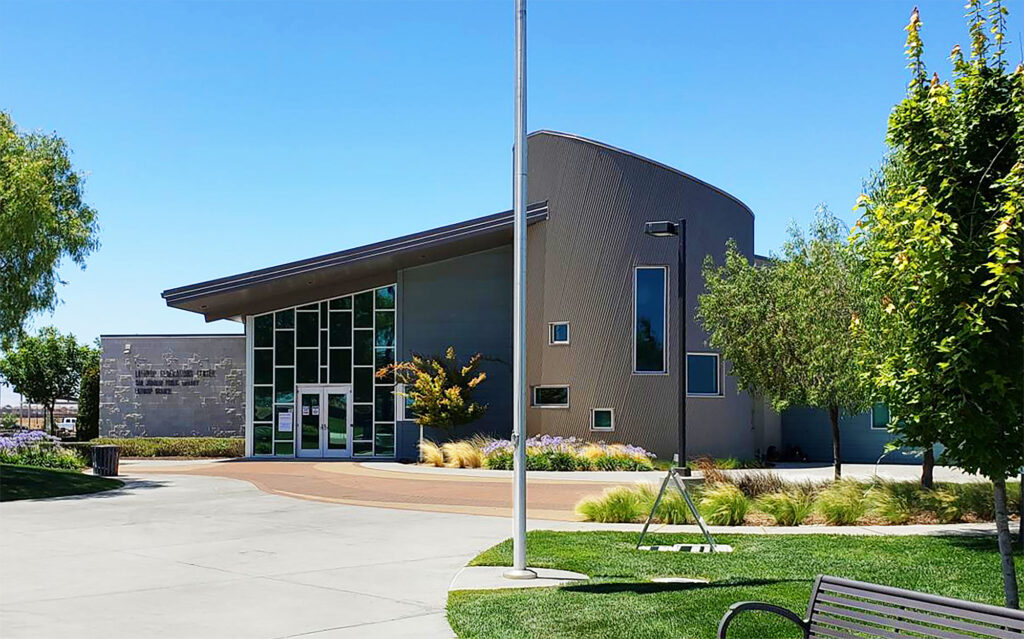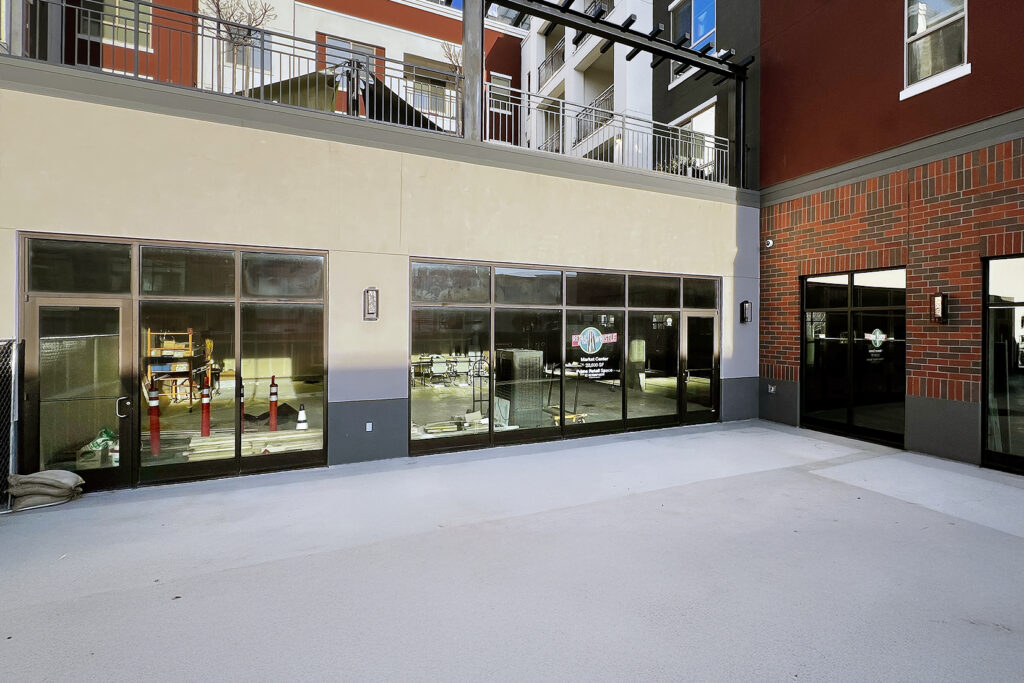The Sacramento office market is at a turning point. As return-to-work policies and hybrid work models evolve, they’re reshaping leasing demand, space utilization, and long-term development strategies. Insights from our Sacramento Office Market Report highlight how these shifts are already playing out across key submarkets. For tenants, owners, and investors, understanding the implications is essential to navigating Sacramento commercial real estate with confidence.
The Sacramento Office Market in Flux

Sacramento remains more insulated than other markets, with its tenant base rooted in government, healthcare, and education. But signs of transition are clear.
The regional vacancy rate has climbed to 11.4%, and forecasts suggest it could reach 12.5% by year-end. Despite 1.1 million square feet of positive net absorption over the past 12 months—largely due to built-to-suit state office completions—office utilization remains below pre-pandemic levels.
In particular, the state’s Specific Plan continues to reshape the market, consolidating leased offices into newly constructed, state-owned facilities. While this brings efficiency for the public sector, it has contributed to a swelling inventory of vacant, older private sector space.
State Policies and Their Impact on Office Occupancy
In an effort to reignite in-person collaboration, Governor Gavin Newsom recently ordered that state employees return to the office at least four days per week.
“In-person work makes us all stronger — period,” Newsom told the Sacramento Bee. “When we work together, collaboration improves, innovation thrives, and accountability increases.”
While this mandate affects more than 90,000 state workers, the real estate impact remains uncertain. Many agencies have already vacated older leases in favor of new facilities like the May Lee State Office Complex, delivering over 1.2 million square feet downtown. This consolidation creates long-term vacancies in previously leased buildings, especially in submarkets like North Natomas and the Highway 50 Corridor.
Hybrid Work and Shifting Space Demand

Hybrid work remains a defining force in Sacramento office leasing. Most companies have stabilized their occupancy needs and are focused on efficiency. Office users are downsizing rather than expanding, with nearly 45% of leases in the past year under 5,000 SF.
While overall leasing volume remains 25% below pre-pandemic norms, demand is strongest for Class A and amenitized spaces in Downtown, Campus Commons, and East Sacramento. For example, Rhombus—a home monitoring tech firm—recently expanded with a 30,000 SF lease in Downtown.
At the same time, the market is flush with available office space, particularly in older properties vacated by state agencies or outmoded by evolving tenant preferences. Commodity submarkets with aging three-star inventory and limited amenities are seeing a decline in interest. Owners are being forced to compete through aggressive concessions, including free rent and tenant improvement packages exceeding $80/SF.
Rent Trends and Investor Behavior
Market asking rents grew 1.3% year-over-year, but real-dollar growth is softening due to inflation and heavy incentives. Concessions like free rent (up to one month per year of term) and high TI packages are now standard across the market.
Chavez Management Group, for instance, purchased vacant Class A buildings in Natomas for just $110/SF and listed them with asking rents as low as $2.50/SF full service gross—undercutting nearby Downtown competitors.
Investor sentiment is mixed. Private buyers have dominated recent acquisitions, while institutional capital remains cautious. Though deal volume is modest, some notable transactions—like Buzz Oates’ $117M purchase of 400 Capitol Mall—signal confidence in high-quality, leased product.
Development Outlook: Strategic and Slow
New construction remains limited, with only 690,000 SF in the current pipeline. Most development is concentrated in East Sacramento’s Aggie Square, where UC Davis and Wexford Science & Technology are partnering on life sciences space.
Sacramento’s long-term underbuilding has spared it the oversupply issues plaguing other markets. This restraint, combined with core industry stability, could allow the region to rebound faster than in past downturns.
What It Means for Sacramento CRE
The return-to-office movement is far from one-size-fits-all. Sacramento’s office market is adapting gradually—driven by government policy, hybrid workforce preferences, and tenant demand for modern, flexible spaces.
Landlords with well-located, upgraded properties can still attract interest—particularly if they remain flexible with terms. For tenants, the current environment offers leverage to negotiate favorable deals, especially in less competitive submarkets.
Position Your Strategy with Capital Rivers Commercial
At Capital Rivers Commercial, we provide expert insight into Sacramento office leasing, investment opportunities, and property positioning. Whether you’re reevaluating your footprint, acquiring new assets, or seeking tenants, our team helps you make strategic moves with clarity and confidence.
View our Available Properties, explore more Market Reports, or learn About Us.
Let’s talk about your commercial real estate goals. Contact Capital Rivers Commercial for personalized assistance.




